Demodulation of Amplitude Modulation Signals:
The objective of demodulation is to retrieve the message signal from the modulated signal or to convert the high-frequency signal into a low-frequency signal.
The following two methods used for AM Demodulation are
1. Square law demodulator
2. Envelope detector
Table of Contents
Square Law Demodulator:
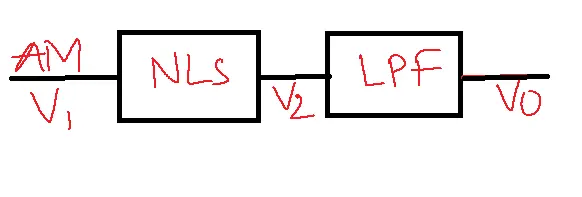
The output through the low pass filter is

The Square law demodulator output consists of m(t) and m2(t). Due to the presence of significant low-frequency components in the signal m2(t), it passes through the low-pass filter without being eliminated. The second term causes interference to the original signal and is considered noise.
Signal Component/Noise Component = (2/Kam(t)) >>1
Considering single-tone modulation
S/N = 2/KaAmcos2πfmt = 2/µ
The demodulation is possible if µ(Modulation Index) is less than 1.
It is not possible to eliminate the noise. To overcome this problem the envelope detector is used.
ENVELOPE DETECTOR
Among the methods for recovering the original message from an amplitude-modulated (AM) signal, the envelope detector stands out as a practical and efficient solution. Another method used is the square law demodulator for demodulation of AM signals.
The objective of demodulation is to get back the message signal from the modulated signal or to convert a high-frequency signal into a low-frequency signal.
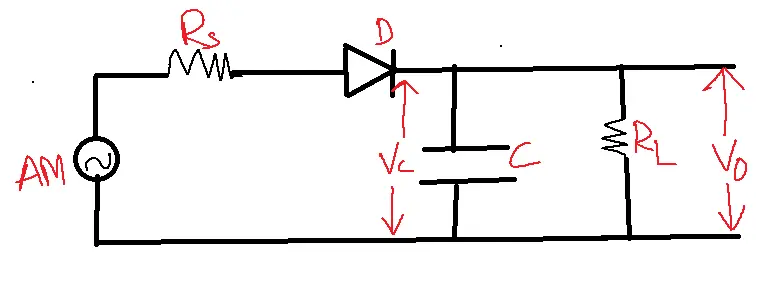
In Amplitude Modulation the peak amplitude of the carrier is called an envelope is varied according to the message signal. The envelope of the AM signal is the same as the message.
An envelope detector monitors the peak amplitude of the AM signal.
Assume that input to the envelope detector is the carrier and amplitude varies from +10V to -10V.

- 0<t<t1-forward bias charging
- t1<t<t2-Reverse bias charging
- t2<t<t3– Reverse bias charging
The output of the envelope detector is Vs.
The carrier frequency is so high that the envelope detector effectively outputs a steady voltage of 100 volts.
10cos2πfct Vo=10
e-tcos2πfct Vo=e-t
A[1+Kam(t)]cos2πfct Vo=Ao[1+Kam(t)]
If the input to the envelope signal is an AM signal, the output of the envelope detector is
The capacitor in the amplifier blocks the DC component. So the output of the envelope detector is Vo=AcKam(t)
Limitations of Envelope detector:
1. Demodulation of an amplitude-modulated signal using an envelope detector is successful only when the modulation index does not exceed 1. Assume that the message is sinusoidal.
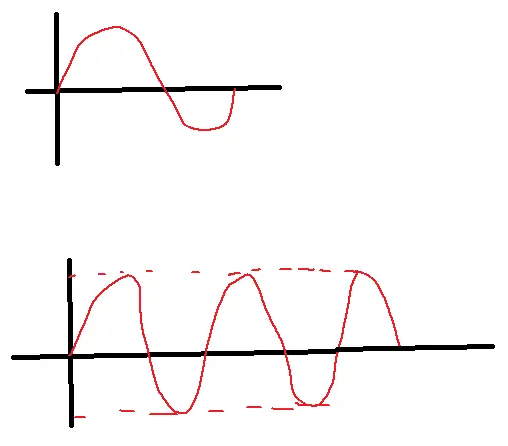
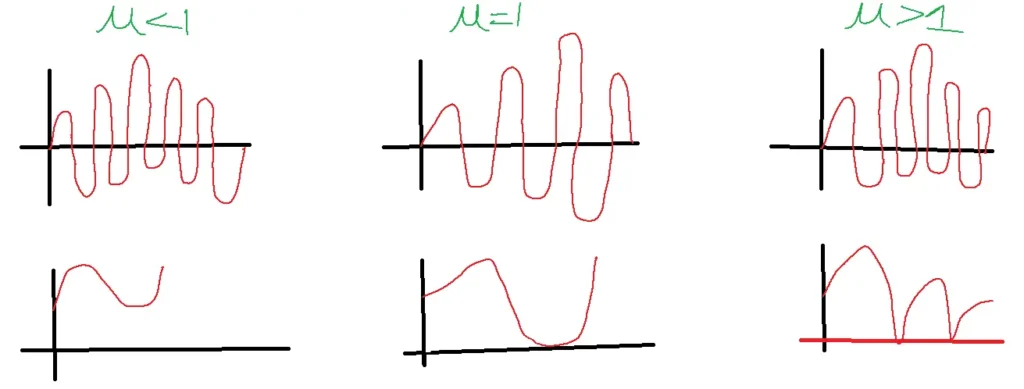
2. If µ>1 amplitude modulation signal is said to be over-modulated and demodulation is not possible
µ=KaAm
The amplitude sensitivity Ka is used to normalize the peak amplitude of the message signal, so µ is 1. If Ka=1 the signal is not normalized.
3. The hardware implementation of the envelope detector is simple. The envelope detector is used as the demodulator for AM signals only. AM is used in point-to-multi-point communication.
Example: Radio, TV

If some receivers are many the design of the receiver is as simple as possible. The design of the envelope detector is easy, so AM is preferred in point-to-multipoint communication.
Time Constant limitations in Envelope Detector:
The charging time constant must not exceed the period of the carrier.
The discharging time constant must be long enough so that the output touches the peak of the amplitude modulation wave.
1/tc < RLC < 1/W
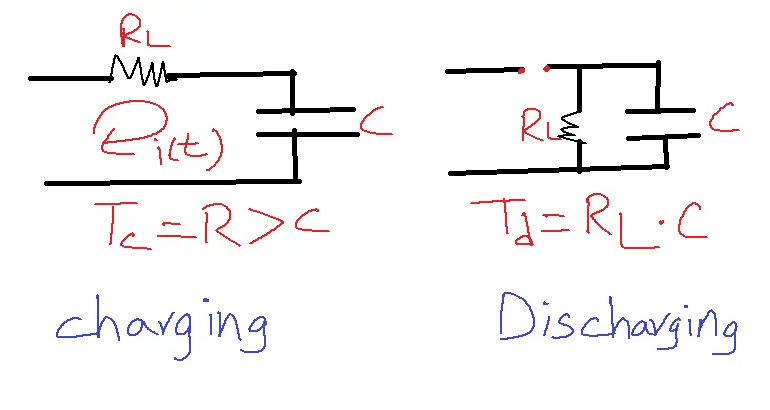
Applications of Envelope Detector
- AM Radio Demodulation: Envelope detectors are essential for AM radios, extracting the audio signal.
- Signal Strength Measurement: They measure signal strength in radio communication systems.
- Radar & Vibration Analysis: Envelope detectors are used in radar for target detection and vibration analysis for fault prediction.
- Medical Ultrasound Imaging: They help create ultrasound images.
Related FAQs on Envelope Detector and Square Law demodulator
Q1.What is an envelope detector?
- An envelope detector is a simple demodulator circuit for deriving the message signal from an amplitude-modulated (AM) carrier wave.
Q2. How does an envelope detector work?
- It uses a diode to rectify the AM signal, followed by a low-pass filter to remove the carrier frequency and extract the modulating signal (original information).
Q3. What is a square-law demodulator?
- A square-law demodulator is another AM demodulator that squares the input signal, effectively shifting the modulating signal to a lower frequency where it can be easily filtered out.
Q4. What are the advantages and disadvantages of envelope detectors and square-law demodulators?
- Envelope Detector:
- Pros: Simple, inexpensive, good for high modulation indices.
- Cons: Potential for distortion at low modulation indices, limiting its suitability for certain AM types.
- Square-Law Demodulator:
- Pros: Lower distortion at low modulation indices, can demodulate DSB-SC AM.
- Cons: While offering enhanced selectivity and sensitivity, this method may require a more intricate design and slightly higher power consumption, with potential efficiency tradeoffs at high modulation indices.
Q5. What are the applications of envelope detectors and square-law demodulators?
- Both are used in AM radio receivers.
- Envelope detectors are also used in radar systems and some medical imaging applications.
- Square-law demodulators have applications in phase-shift keying (PSK) demodulation and signal strength measurement.
